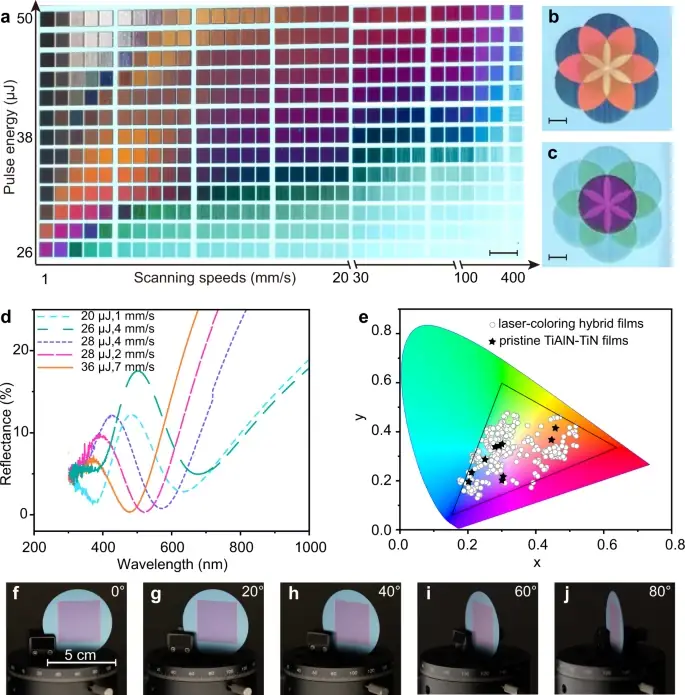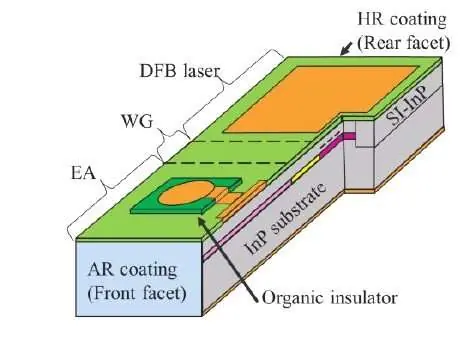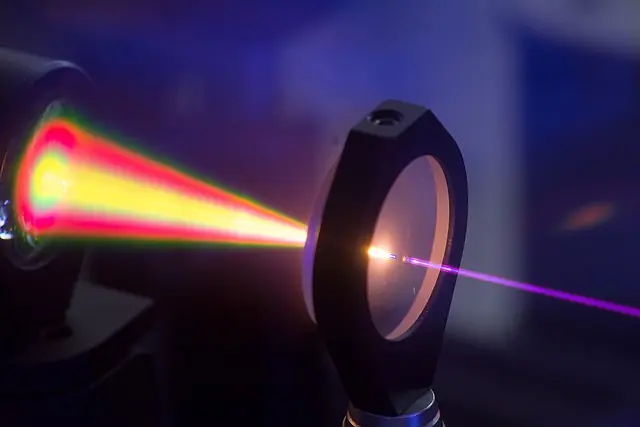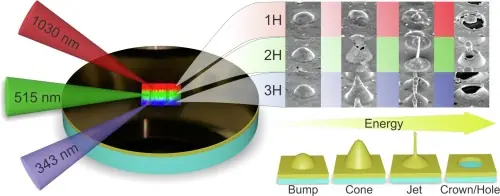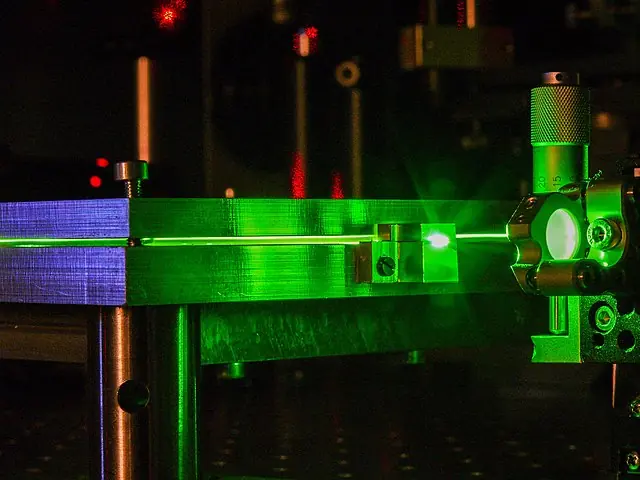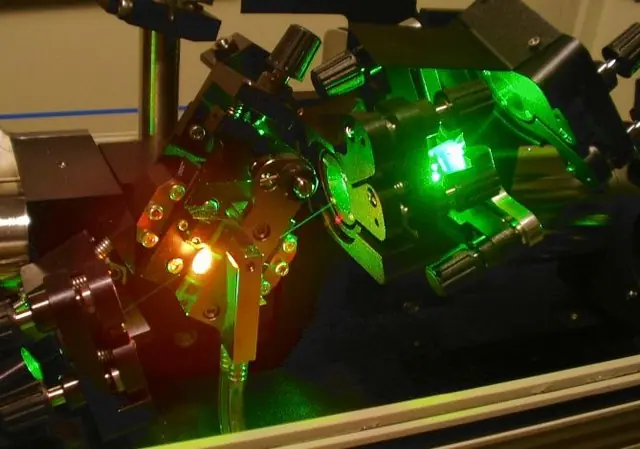Scientists Develop New Method for Miniaturized Pulsed Laser Generation with Epsilon-Near-Zero (ENZ) Materials
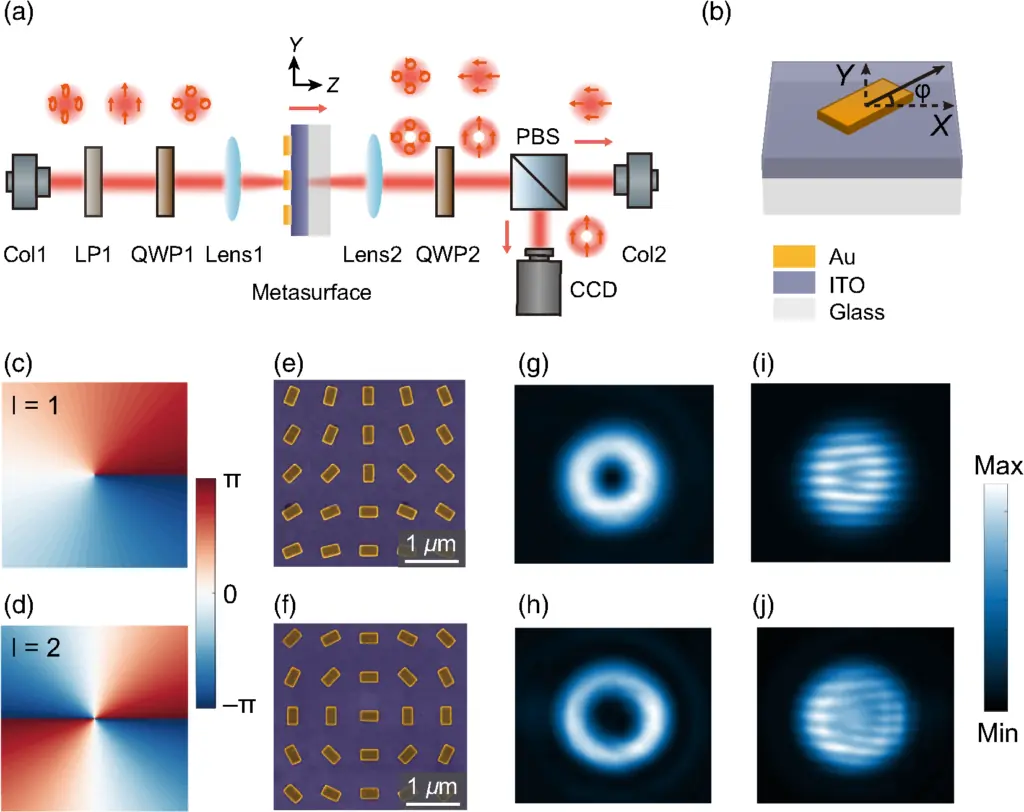
Researchers from Tsinghua University and the Chinese Academy of Sciences have recently made an exciting breakthrough in laser technology by generating laser pulses with tailored spatiotemporal profiles. Their method involves directly incorporating an epsilon-near-zero (ENZ) material coupled to a metasurface in a fiber laser cavity.
Metasurfaces are a highly versatile tool for manipulating the amplitude, phase, or polarization of light. They have been proposed for a wide range of applications, from imaging and holography to generating complex light field patterns. However, most optical metasurfaces developed to date have been isolated optical elements that only work with external light sources.
While metasurfaces are excellent at manipulating a light field spatially, they have limited ability to control the temporal shape of a light field. Researchers have been exploring ways to use nonlinear metasurfaces for spatiotemporal light field modulation, but most materials for constructing metasurfaces have a relatively limited nonlinear optical response on their own.
The solution to this problem is near-field coupling to a medium with extremely large optical nonlinearity, such as ENZ materials. ENZ materials are an emerging class of materials with vanishing permittivity, and have drawn much attention in recent years. For instance, indium tin oxide (ITO), a conductive metal oxide widely used as transparent electrodes in solar cells and consumer electronics, typically has permittivity beyond zero in the near-infrared regime.
An ENZ material, with its linear refractive index approaching zero, has an extremely large nonlinear refractive index and nonlinear absorption coefficient. This makes them an excellent candidate for coupling with metasurfaces to generate laser pulses with tailored spatiotemporal profiles.

The researchers used the geometric phase of a metasurface made of spatially inhomogeneous anisotropic metallic nano-antennas to tailor the transverse mode of the output laser beam. The giant nonlinear saturable absorption of the ENZ-coupled system allows pulsed laser generation via a Q-switching process. To provide a prototype, the researchers realized a microsecond pulsed vortex laser with varying topological charges.
This work provides a new route to construct a laser with a tailored spatiotemporal mode profile in a compact form. For further system miniaturization, the metasurface may be integrated on the fiber-end face. According to corresponding author Yuanmu Yang, professor at the Tsinghua University State Key Laboratory of Precision Measurement Technology and Instruments, “We hope that our work may further exploration of metasurface versatility for spatial light field manipulation, with its giant and tailorable nonlinearity for generating laser beams with arbitrary spatial and temporal profiles.”
This innovative method may pave the way for the next generation of miniaturized pulsed laser sources, which could be used in various applications, such as light trapping, high-density optical storage, superresolution imaging, and 3D laser lithography. The possibilities are endless, and with continued research and development, we may soon see a world of new applications for this technology.

